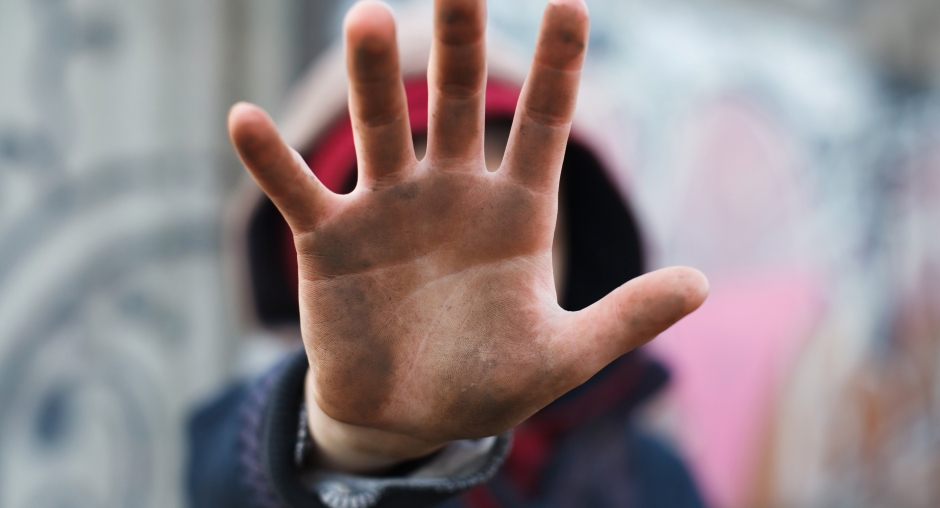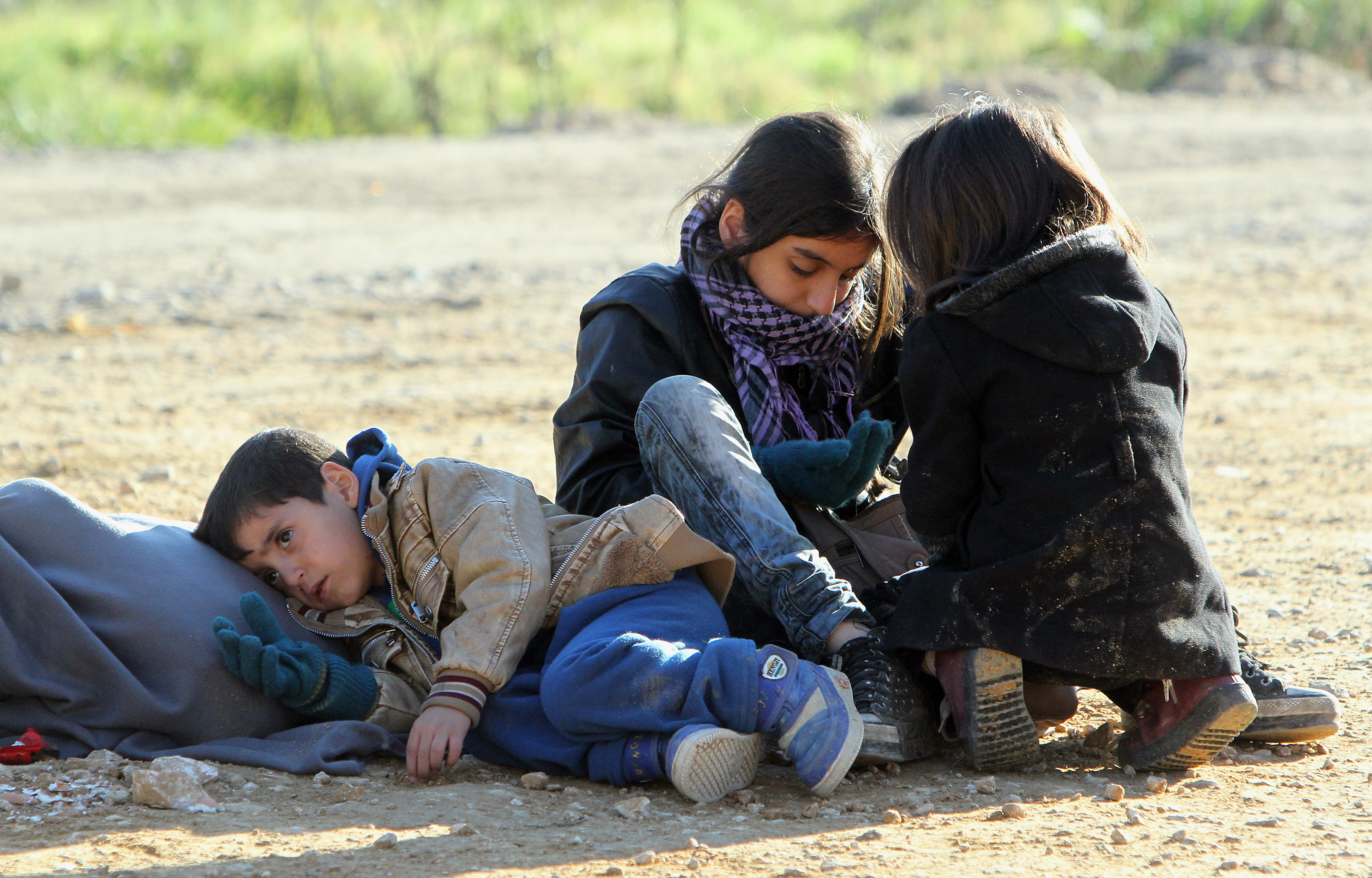 Stasborug, 29 januari -In a report published today, the Council of Europe’s anti-trafficking expert group (GRETA) assesses developments since the publication of its first evaluation report on Serbia in January 2014 on the implementation of the Council of Europe’s Convention on Action against Trafficking in Human Beings, transmetle the Press Ganecy “Presheva jonë”.
Stasborug, 29 januari -In a report published today, the Council of Europe’s anti-trafficking expert group (GRETA) assesses developments since the publication of its first evaluation report on Serbia in January 2014 on the implementation of the Council of Europe’s Convention on Action against Trafficking in Human Beings, transmetle the Press Ganecy “Presheva jonë”.
According to the report, the legal and institutional framework for combatting human trafficking in Serbia has evolved, but efforts should be stepped up to reduce children’s vulnerability to trafficking and improve the identification of and assistance to child victims.

The report welcomes the adoption of the Strategy for the Prevention and Suppression of Trafficking in Human Beings for the period 2017-2022 and the setting up of the Office for Co-ordinating Action against Trafficking in Human Beings.
However, there are a number of areas which require improvement, according to the report. Following the sharp increase in the number of refugees and migrants passing through Serbia in 2015-2016, there were an estimated 670 to 800 unaccompanied children in Serbia in March 2017, a number of whom were sleeping on the streets in unsafe and unsanitary conditions. GRETA urges the Serbian authorities to ensure that unaccompanied and separated children benefit from effective care arrangements, including safe and appropriate accommodation, and to guarantee the timely appointment of guardians.
Serbia still does not have a specialised shelter for victims of trafficking. To establish nation-wide standards of services provided to victims of trafficking, the authorities have recently introduced mandatory licensing of bodies and organisations wishing to provide services to victims of trafficking. GRETA urges the Serbian authorities to ensure that specialised support and safe accommodation are provided to victims of trafficking, including men, and to facilitate the reintegration of victims of trafficking into society.
Further, GRETA remains concerned by the absence of a provision on the recovery and reflection period in Serbian legislation and urges the authorities to ensure that all presumed foreign victims of trafficking are offered such a period.
Noting that only one victim of trafficking received compensation in 2014-2017, GRETA urges the Serbian authorities to facilitate and guarantee access to compensation for victims of trafficking, including by systematically informing them of the right to seek compensation and the procedures to be followed and setting up a State compensation scheme.
In 2013-2016, a total of 296 trafficking victims were officially identified in Serbia, the majority of them (130) were men trafficked for labour exploitation; 72 women were trafficked for sexual exploitation, and 94 children, including 78 girls, trafficked primarily for the purpose of sexual exploitation, followed by forced begging and forced marriage. Most of the identified victims were Serbian nationals. The report covers the situation up to end November 2017














